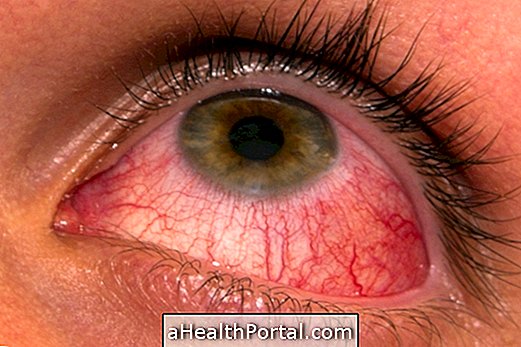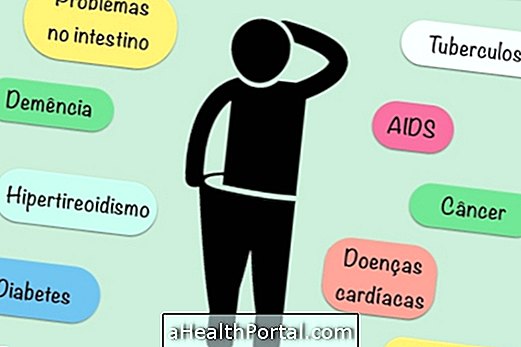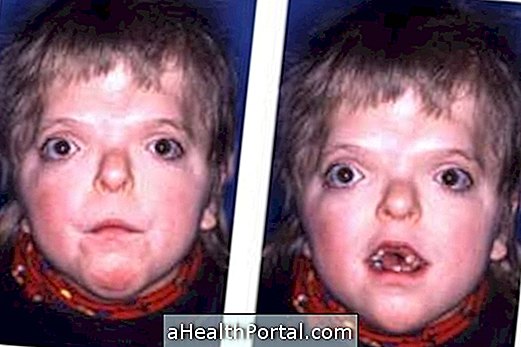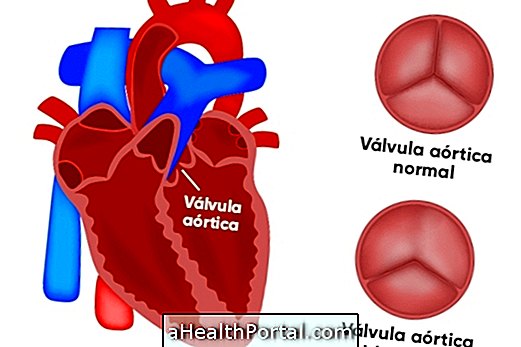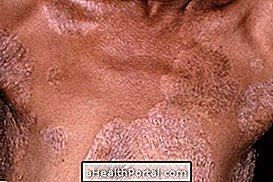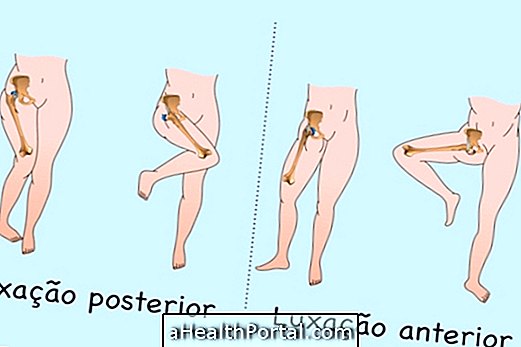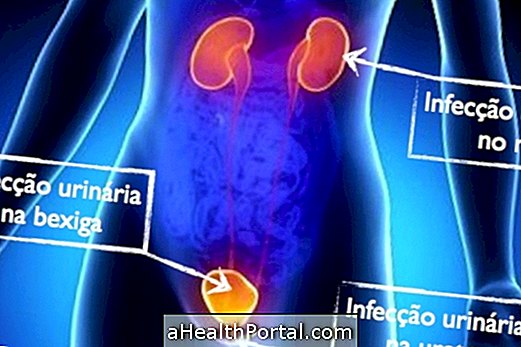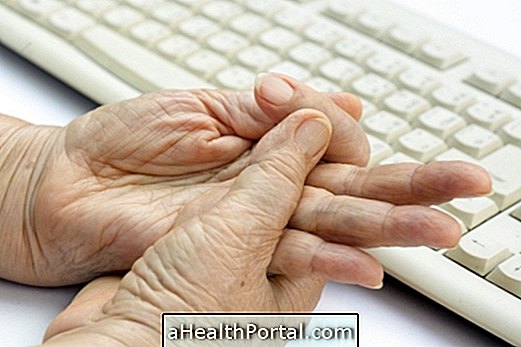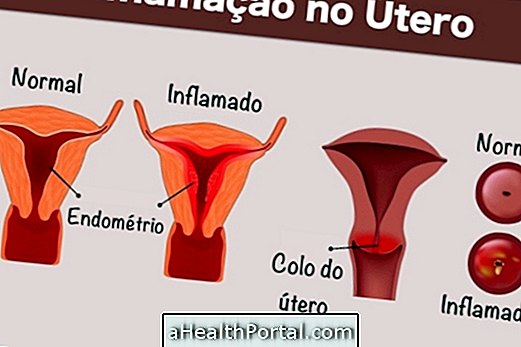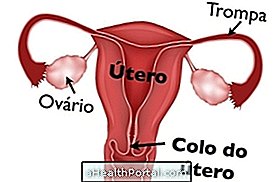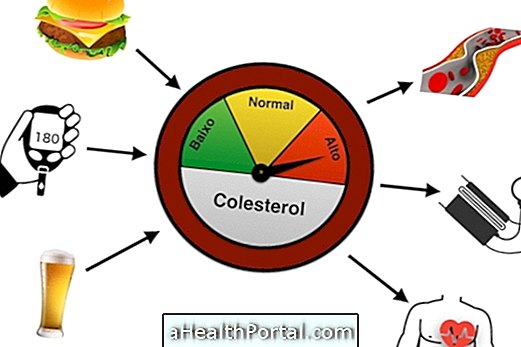The circadian cycle may be altered in some situations and may cause sleep disturbances and lead to symptoms such as excessive daytime sleepiness and insomnia at night or even cause more serious health problems. Learn more about circadian cycle.
There are several ways of treating disorders of the circadian cycle, through physical exercise, sun exposure and melatonin intake, for example, it is of great importance to maintain good sleep hygiene, which is characterized by the adoption of good sleep habits in order to to replenish the energy that the body and mind need. Here's how to perform sleep hygiene.
1. Sleep Phase Delay Syndrome

People who suffer from this disorder have difficulty falling asleep and have a preference for sleeping until later and difficulty getting up early. Generally, these people fall asleep and wake up late on most nights, which can cause disruption in their social life.
Although they fall asleep and wake up later, in most cases, people with this syndrome have a normal sleep. The causes of this disorder are not known, but the cause is thought to be genetic, and some environmental factors may also have an influence, such as decreased morning light exposure, excessive light exposure at dusk, watch television or play video game until late, for example.
How to treat
One way to treat this problem is to further delay sleep time, 2 to 3 ha every 2 days, until adequate sleep time is reached, but it is a very difficult treatment to achieve because of the need for strict adherence to the regimen and the inconveniences of intermediate times. In addition, putting bright light on the proper wake-up time and taking melatonin at dusk can help readjust the biological schedule. See more about melatonin.
2. Sleep Phase Progression Syndrome

People with this disorder fall asleep and wake up too early from what is considered normal and usually have sleep at the beginning or end of the afternoon and wake up very early without the need for an alarm clock.
How to treat
To treat this problem, you can delay the bedtime, from 1 to 3 ha every 2 days, until you reach the expected sleep time and use phototherapy. Learn what phototherapy is and what it is for.
3. Irregular Pattern Type

These individuals have a circadian rhythm of the indefinite sleep-wake cycle. Usually the most common symptoms are drowsiness or insomnia of great intensity according to the time of day, forcing people to doze throughout the day.
Some of the causes of this disorder may be poor sleep hygiene, lack of sun exposure, lack of physical exercise or social activities and generally affects people with neurological diseases such as dementia and mental retardation.
How to treat
To treat this disorder, the person must establish a fixed schedule in which he wishes to have the period of sleep, and in the free moments, to practice physical exercises and social activities. Also, take melatonin at dusk and exposure to light at rising time, for 1 or 2 hours, can help achieve a biological schedule.
4. Type Sleep-Wake cycle other than 24 h

People with this disorder have a longer circadian cycle of about 25 hours, which can cause insomnia and excessive drowsiness. The cause of this circadian rhythm other than 24 h is the lack of light, and therefore, generally, blind people are the most likely to develop this disorder.
How to treat:
The treatment is done with melatonin at dusk. Learn how to take melatonin.
5. Sleep Disorder Related to Time Zone Change

This disorder, also known as sleeping disorder related to Jet Lag, has increased lately due to the increase in long-distance plane travel. This disorder is transient and may last for about 2 to 14 days, depending on the number of time zones crossed, the direction in which the journey is made and the person's age and physical capacity.
Although the person may present excessive drowsiness throughout the day, nocturnal insomnia and can wake up several times at night, the endogenous circadian cycle is normalized, and the disorder arises due to a conflict between the sleep-wake cycle and the requirement of a new default due to a new time zone.
In addition to sleep disorders, people with Jet Lag may also experience symptoms such as gastrointestinal discomfort, memory and concentration changes, coordination difficulties, weakness, dizziness, headache, tiredness and malaise, and decreased appetite.
How to treat
The treatment consists of sleep hygiene before, during and after the trip and adaptation to the sleep / wake time of the place of destination. In addition, medicines that have to be prescribed by the doctor, such as Zolpidem, Midazolam or Alprazolam and melatonin, may be used.
6. Shift Worker's Sleep Disorder

This disorder has been increasing due to the new work pace, occurring in shift workers, especially those who change working hours repeatedly and quickly, and in which the circadian system can not successfully adapt to these schedules .
The most common symptoms are insomnia and drowsiness, decreased vitality and performance, which can increase the risk of work-related accidents, increased breast, colorectal, and prostate cancer rates, increased blood pressure, increased gastrointestinal disturbances, and problems reproductive health.
How to treat
Addressing this problem presents limitations because the worker's schedule is very unstable. However, if the symptoms cause too much discomfort, the doctor may recommend a treatment with stimulant or sedative / hypnotic remedies and isolation of the sleep environment during the day.
